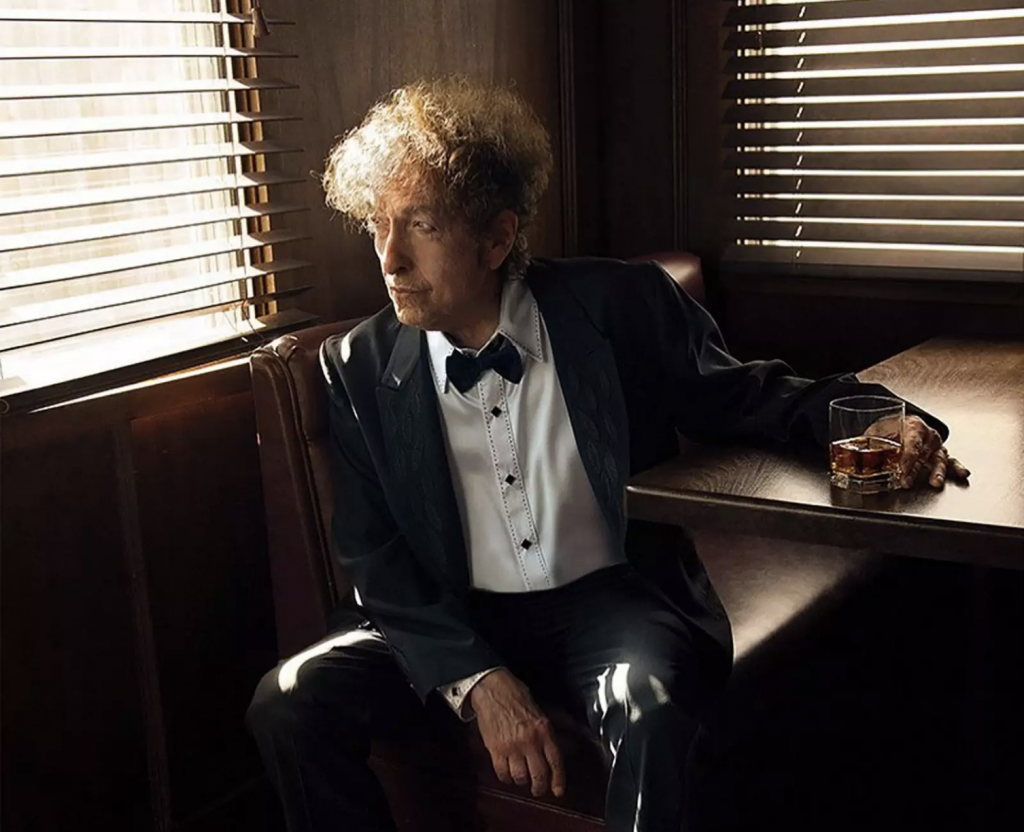

From 1926 until the early 1950s the northern part of the site was developed with monumental buildings including the Parkinson Building and the Brotherton Library (Grade II), to the designs of Lanchester and Lodge.Ĭhamberlin Powell and Bon (CPB) won a limited competition to make new additions to the university in 1959, and produced a ground-breaking master plan in 1960. Some of the earliest buildings were commissioned by the college from Alfred Waterhouse, including the Great Hall, the Textiles School and the Baines wing (all listed Grade II). Leeds University began as the Yorkshire College of Science in 1877, becoming part of the Victoria University in 1887 and an independent university in 1904. HISTORY:The Roger Stevens Building was built in 1970 as part of the development of the Leeds University South Campus by the architects Chamberlin Powell and Bon. Some seating and ceilings have been refurbished or renewed but doors to the lecture theatres retain original carpeted coverings as well as handles.

The ground floor to the east side is occupied by a cafeteria which is fully glazed on three sides and overlooked by a staircase to the west it has long built-in tables and benches in timber over cast concrete stanchions, with fixed steel table lights with globe glass shades. The central core has stairs, lifts (originally paternosters) and toilets. Pre-cast beams in the larger theatres form the bases of the writing surfaces and seat supports, as well as the ceiling and floor structures. The shallow steps of the staircases follow the stepping of the theatres, with doors leading off directly into the rows of seating within. Internally there are four ranks of four lecture theatres seating 75 on the west side, and 4 theatres for 100, two for 150, one for 200 and two for 250 on the east side. The Red Route walkway enters at high level towards the centre and the right hand block is raised over the open staircase that extends to the south.

The north elevation echoes the west face to the left, with a canted top section. A similar block to the left is glazed at ground floor level and recessed above the first floor. To the right is a taller block, raised on pilotis over a ramp from the east that continues beneath the building, leading to Chancellors Court beyond. A sculpture by Quentin Bell on the central section overlooks the pool. The central block has a recessed glazed lower section with a recessed open balcony above to either side is a fully glazed stair block. The east elevation faces over the rectangular pool which is at an intermediate level between Chancellors Court and the lower buildings to the south. The two left sections are supported on pilotis of diminishing height as the levels of the building descend, with a broad staircase descending from left to right within. In the bay between the second and third sections there is an external staircase projecting in semi-circular bays from the façade. The west elevation, facing Chancellors Court, has four stepped sections descending from right to left, divided by narrow, vertical, external, semi-circular ventilation shafts. It is constructed of reinforced concrete, now rendered, with piers and walls supporting in situ beams and slabs. Other CPB buildings extend to the north, east, west and south, giving the Roger Stevens Building a central position overall. The Roger Stevens Building is set on the eastern side of Chancellors Court, the central courtyard in the realised CPB plan. * Group Value: the building provides a fitting centrepiece to the group of university buildings on the South Campus at Leeds, also recommended for designation (qv). * Intactness: despite the changing requirements of universities, the building has remained largely unchanged, proving the success of its design * Planning: the internal spaces are the result of extensive research on the requirements of the university and introduce innovative and influential features such as individual doors into the lecture theatres, and external links intimately with other buildings on the campus by means of multi-level walkways * Architecture: the building is an outstanding and individual design with bold external shapes and carefully designed interiors

* Designers: the architectural practice of Chamberlin, Powell and Bon is recognised as significant for their work at Golden Lane and the Barbican in London, and New Hall, Cambridge, and the Roger Stevens Building represents the high point of their Leeds University work The Roger Stevens Building, 1970, by Chamberlin, Powell and Bon for Leeds University South Campus is designated at Grade II* for the following principal reasons:


 0 kommentar(er)
0 kommentar(er)
